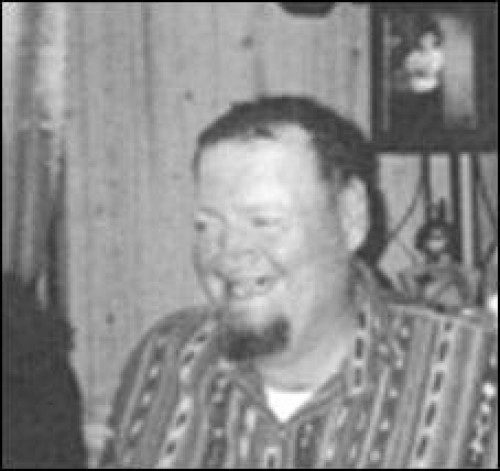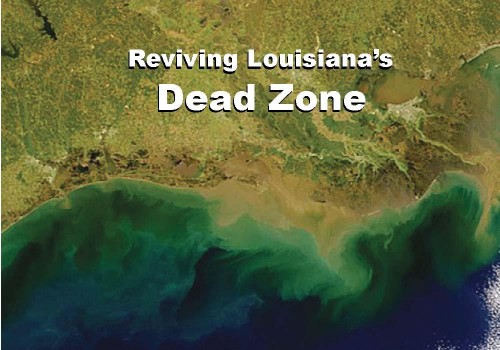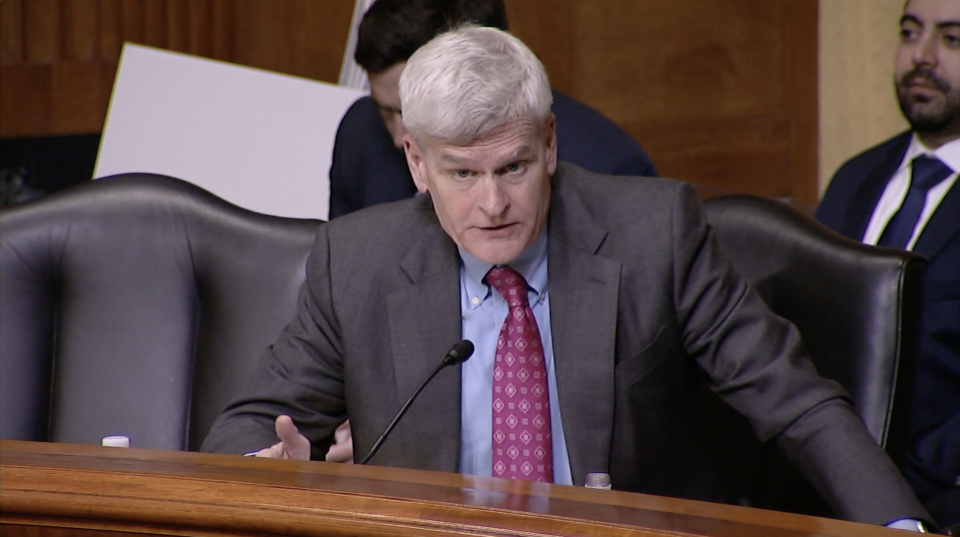
Alex Rivet, Jr. III
September 11, 2007Felger named LCPA chapter head
September 13, 2007Kerry St. Pe’ quoted a line from a 1944 book, titled, “Deep Delta Country,” by journalist Harnett Thomas Kane that described south Louisiana, its coast and wetlands, as “beauty in rich profusion and turbulence.”
And both the area’s beauty and especially its turbulence were the primary subjects of discussion at the Grand Isle Dead Zone Conference last Friday.
St. Pe’ serves as the Barataria-Terrebonne National Estuary Program director at Nicholls State University.
He was one of six speakers at the community meeting. The other speakers included Grand Isle Mayor David Camardelle, Louisiana Universities Marine Consortium (LUMCON) Executive Director Dr. Nancy N. Rabalais, NSU Biological Sciences professor Dr. Quenton Fontenot, Lower Mississippi River Sub-basin Committee on Hypoxia Coordinator from the LSU School of the Coast and the Environment Doug Daigle and the Coastal and Marine Conservation Director from The Nature Conservancy, Cindy Brown.
Grand Isle Port Commission Director Wayne Keller hosted the event, which was designed to both educate the public on the problem and be a forum to share ideas on how to address the problem.
It was also an excuse to eat boiled shrimp from the Gulf.
“It’s (the Dead Zone) not just a local issue. It’s a national issue,” said Keller.
Keller, as well as many others, hoped the meeting would be the beginning of a grass roots effort to create the necessary political pressure to create policy changes that deal with reducing the size of the Gulf’s Dead Zone.
Mayor Camardelle said the Dead Zone is close and is getting closer everyday to Grand Isle. “We were raised in the waters,” said Camardelle. “We were always raised about the Dead Zone.”
But, Camardelle, who has been a fishermen his whole life, said in school, they were never educated as to what was causing the Dead Zone-an overflow of nutrients from the Mississippi River.
Dr. Rabalais of LUMCON gave a crash course on the Dead Zone from its initial appearance back in the ’50s to its current record setting growth.
She explained the problem is huge, because the Mississippi River watershed covers 41 percent of the lower 48 states.
“Where do you start talking about the issue?” Rabalais asked the crowd.
She said, as far as the size of the Dead Zone, is a huge problem.
In the past it covered nearly as much area in the Gulf as the state of New Jersey. Today the Dead Zone has grown to cover an area almost as large as the state of Massachusetts.
The Dead Zone is the result of hypoxia, a lack of oxygen, in the waters of the Gulf, caused by an overgrowth of plankton and other plant life, which has fed on the nutrient rich waters of the Mississippi River.
The nutrients in the Mississippi River mainly come from fertilizer run off from agriculture within its watershed.
Its effects are evident whenever there is a “jubilee” on the shores of Grand Isle.
A “jubilee” occurs when hypoxia forces fish, crabs and other sea life close to the shore in order to find oxygenated water. This of course crowds the sea life near the shore, bunching them up and making them easy to catch.
While it may seem like a fisherman’s dream, a jubilee is oftentimes really just a precursor to a fish or crab kill. The last one occurred on July 31 in Grand Isle.
Hypoxia occurs deep in the water and rises as it worsens.
While fish may be able to breathe by swimming close and closer to the surface, the organisms they feed on at the ocean floor have already died.
“All my favorite organisms (worms and the like) that live in the sediments are gone,” said
Rabalais.
This especially stresses shrimp, which are bottom feeders. They don’t have anything to eat and being forced closer to the surface and the shore exposes them to predation.
Rabalais warned both Mississippi and Texas could be affected by the Dead Zone if it continues to expand and other places in the world experience Dead Zones similar to the one in the Gulf.
The Dead Zone usually begins forming around February and March and continues to grow through the summer, becoming most severe around May and September.
From 2001 to 2005, the average size of the Dead Zone has been 15,600 kilometers squared in midsummer. It’s been over 20,000 kilometers squared this year.
Rabalais said federal and state agencies have agreed to work to reduce the Dead Zone’s size to 5,000 kilometers squared by 2015 (over a 5-year average).
While Rabalais brought hard science and research, St. Pe’ brought something else to the discussion.
“The Mississippi River built this place,” he said. “We’re products of the Mississippi River.”
He recalled being in little league and taking a troll boat from Port Sulphur to Grand Isle to play a game because boating was faster than driving then.
Today, the Barataria-Terrebonne area is the fastest disappearing landmass on earth.
“People don’t usually respond, unless they’re seeing dead things,” said St. Pe’.
He said fish dying is the ultimate result of a sick situation. And one shouldn’t have to hold dead animals in his hands before recognizing there is a problem.
The speakers all asked the public to contact their elected officials and voice their concerns about the Dead Zone.
The meeting also brought talk of becoming more organized and focused as part of a grass roots effort to relay a unified message to elected officials.
There was also talk of forming a link with some of the agricultural groups in the states with the heaviest Nitrogen pollution levels, like Iowa.
And suggestions were made by the public as to what can be done to reduce the size of the Dead Zone. The simplest of which was for people to only buy produce grown organically or from small local farmers.










